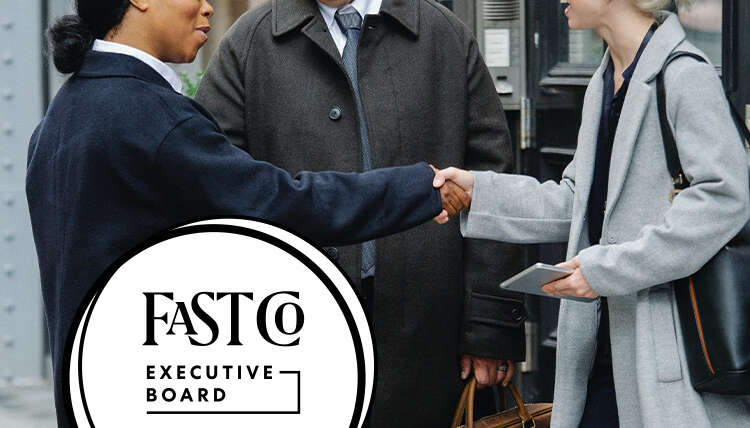This article was originally published by Fast Company.
Change may be a constant but looking at some of the ways businesses do things, you’d never know it. How can you develop a timeless approach to leadership that is responsive to change without moving away from the core beliefs of your company?
Change Moves Us Forward
My daughter recently left for college, and like clockwork, my iPhone delivered a beautifully sentimental album of photos featuring her as a little girl, complete with a stirring emotional soundtrack. I somehow resisted the urge to destroy my phone despite its cruelty in rubbing salt in my wounds from missing her.
Serving up old pictures that remind us where we have been, how much we have changed, and even how we have grown and evolved, is more than a sentimental journey. Seeing these old photos can be a powerful reminder that life is constantly evolving. It makes us realize how much change we have already navigated and can heighten confidence in our ability to handle future change. It can also remind us how much remains the same: The activities I now do with my daughter may be different, but we still love being together.
I was recently inspired by a different set of memories as I worked on a second edition of a book I published eight years ago.
Stay Focused. Don’t Let Growth Distract from Timeless Leadership Principles
The book was written during a pivotal stage as I worked to lead our company through a period of exponential growth while our founder (my father) began to step back from the day-to-day. I had put a stake in the ground around building our culture on a core set of values and beliefs that I hoped would serve as a series of guideposts for those who were joining the rapidly expanding team.
As I journeyed back through the manuscript, time and distance afforded me two valuable insights:
- How little had changed in our company’s core beliefs
- How differently we put these beliefs into action now compared to when I wrote the book
Core Principles Are Timeless, Methods Are Not
Initially, I thought I was going to have to change a lot about the book to make it current. I thought we had surely evolved over these eight years in ways that would make the story feel dated. But as I revisited the core beliefs as I had detailed them nearly a decade ago, it was gratifying to see that they are still as applicable today as they were back then. The principles are timeless, but the way we apply them has changed as a society, technology and people have continued to evolve.
It all came together in a chapter I called “Principles are Sacrosanct, Methods are Not.” It’s based on the idea that while principles are core and mostly unchanging, methods of applying them should be flexible and adaptable to different teams, leaders and evolving circumstances. It suggests we lead based on underlying principles rather than rigid practices, giving leaders the freedom to discern when change is necessary.
The key is to be careful to focus on the principles behind the practices we have today and not on the practices themselves. If we focus only on how we do things and forget why we’re doing them that way, we will lock ourselves into systems that will soon become outdated.
Is Your Leadership Evolving with the Times?
It’s worth evaluating your own leadership philosophy to determine where you’re applying timeless principles and where you can allow for methods that are changeable based on time and circumstances. These steps can guide you on your path:
- Be clear about what you believe. Take the time to document the things that are core to your beliefs and what works best to get the results you desire. In the case of our company, the core values and beliefs we have articulated are those that are really important to us and largely inviolable. However, the way we apply them is not the same by team, by leader or even at different points in time.
- Take a walk down memory lane. You may not have a book like me, but you have artifacts that can help you retrace your steps. Look at your calendar from 10 years ago. Pull up old documents or emails you wrote. Go through old files and look at presentations. What were you thinking about back then? What problems were you trying to solve? How would you handle those differently today?
- OK, Boomer – challenge your habits. What are you doing today just because that’s how you’ve always done it? What practices are you holding onto that are causing unnecessary conflict? What changes does your team want to make that you are preventing because it’s more comfortable for you to “do it like we’ve always done it” and not because there is a real principle behind it?
Timeless Leadership Means Getting Ahead of Change
Instead of waiting for conflict to force you to change your methods, why not get ahead of the curve? Invest in your people and ask them what things you (and your team) are doing that are causing unnecessary frustration. Examining this feedback together can present a valuable opportunity to teach them the principles that underlie the past decision and help you come up with methods that better meet today’s circumstances.


